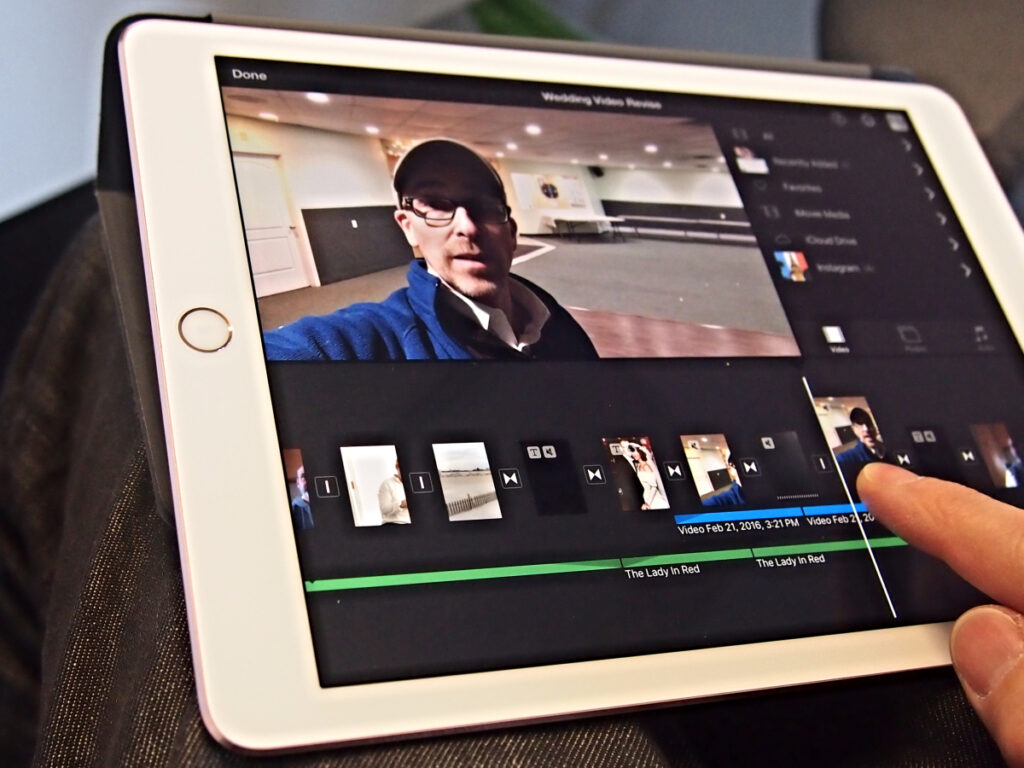Recently, I had the privilege of observing and supporting Grade 5/6 students during their persuasive writing unit. The task at hand: crafting persuasive commercials inspired by Super Bowl ads, utilizing various persuasive techniques. This was the encompassing project near the end of their unit – previously, they had worked on smaller writing assignments such as convincing the teacher why they should be allowed to have a treat or use their classroom chairs (“Chairs/Crayons on Strike” activity).
The teacher introduced the activity by reviewing the persuasive techniques they had been working on throughout the unit and watching some real Super Bowl commercials as a class. The students identified which techniques aligned with each commercial. Some examples of techniques were humour, evoking emotion, and celebrity endorsement. After this introduction, each group was tasked with selling a product. My group chose to market a pair of Nike shoes.
As the students moved into their group work, the teacher distributed two worksheets. The first was a brainstorming sheet to get the pair’s ideas in order. Here, they had to choose their technique and begin planning their commercial. My group planned to use humour to sell the shoes.

Then, each group was to complete a storyboard of their commercial. I thought that this was a great way to have the students go in with a clear idea of how their commercial would flow, before even beginning on the iPads. They were to work as a pair to draw each scene of the commercial and write the script. Only after completing the two written components of the assignment, were they allowed to begin recording and editing their commercial. The class used the iMovie app to film and edit on school iPads.

Once the brainstorming phase concluded, the students eagerly began setting up to film. I noticed that they were able to recreate their drawn ideas quite easily, with some slight changes. I think that the creation of the storyboard prior to this stage helped the students film their videos quickly and efficiently. It also gave them a clear goal and some accountability – because they began with a clear plan, it was harder for them to stray and they stayed on-task. The students knew exactly where to stand, what to say, and what actions to take, because they had already planned it.
Reflecting on this experience, I think that this was a great final activity and assignment to finish up the unit. It allowed the class to show what they had learned in a creative and fun, engaging way. I could tell that the students not only enjoyed it, but were learning in so many different ways throughout the whole process.
Leave a Reply
You must be logged in to post a comment.